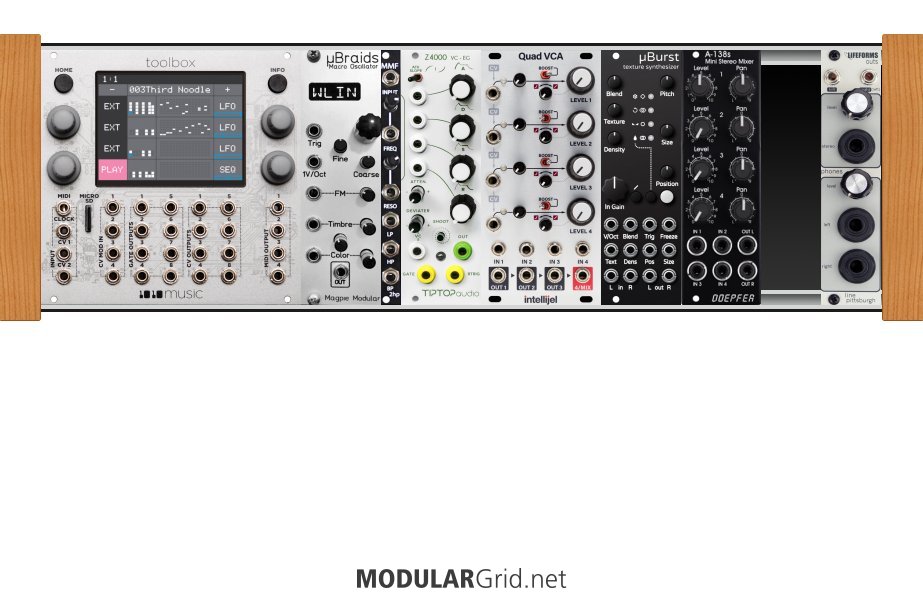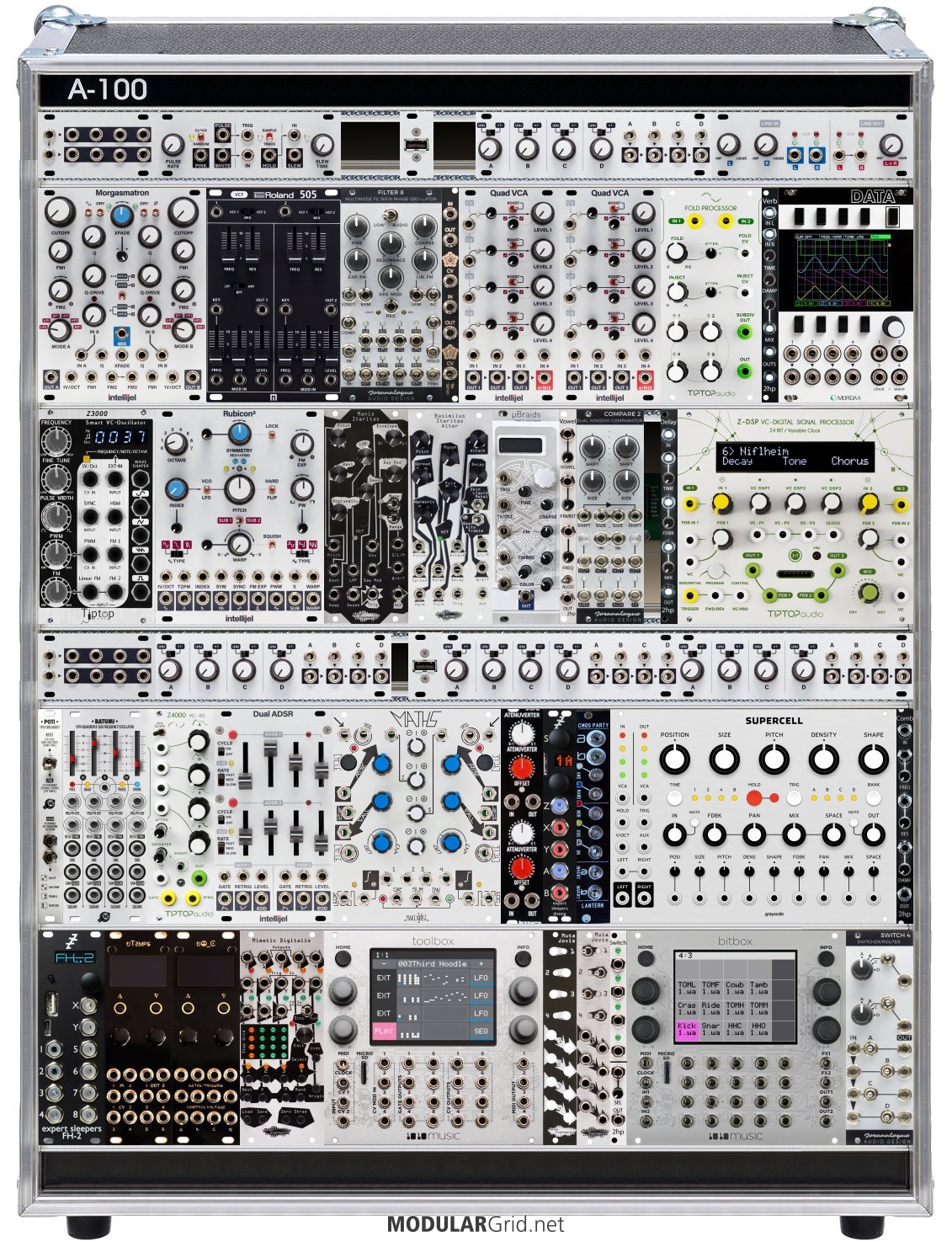
I've been over this a few times... made some revisions... thought about some things. It's more than you want to spend. But your first case is always the most expensive.
Let's not go random. Let's use a sequencer. In fact, let's go with a good sequencer. The 1010 Music Toolbox is $600. Perfect Circuit will discount it to $500 once in a while during sales (Christmas etc.). There are 8 gate outputs and 8 CV outs. You can multiple sequencers running at once. You can have LFOs, random CV, notes (CV and gates)... you can even sample control voltages, record them, and then play them back in a loop (works for audio too). It'll cover a lot of modulation sources, which you'll want for evolving stuff.
Braids. Braids is a workhorse of different sounds. Having a multitude of different sounds will give you a much wider palette than a basic oscillator. Braids also has a built in internal quantizer just in case you really do want to go random... I didn't forget.
A simple multimode filter. Not thrilling... but filters can create a lot of movement in ambient sounds. It will output all three filtered outputs at once (modulating two or more with two VCAs can be tasty).
Z4000 ADSR with nice long stages available. Plus you can modulate the amount each stage.
Intellijel Quad VCA. This is the one to get. It's very versatile and can even sum outputs.
A-138s stereo mixer. Mono-ambient sounds... (yawn)
Pittsburgh Modular Lifeforms Out. If a tree falls in an oscillator and there's no one to hear it... it's also stereo and has a dedicated headphone jack... very convenient when you're tweaking and wiggling away.
There's a lot more you can do with slew limiters, other FX, more ADSRs, dedicated LFOs, etc. But to me this set-up will be fast to learn and give you a lot of possibilities and will grow with you into a larger case. I even left you 6HP of space. :)
As always, take this with a grain of salt. Research everything.
1010 Music Toolbox $599
Michigan Synthworks uBraids II $250
2HP MMF $119
TipTop Z4000 NS $165
Intellijel Quad VCA $189
Doepfer A-138s $90
Pittsburgh Modular Lifeforms Out $99


